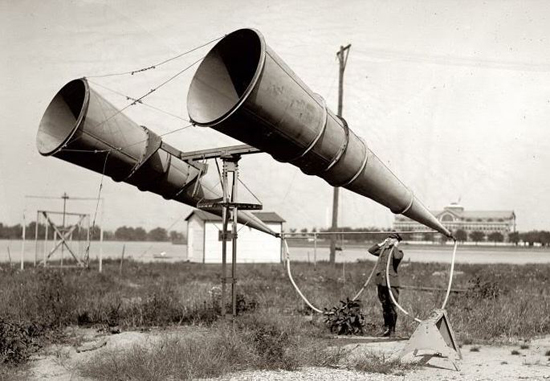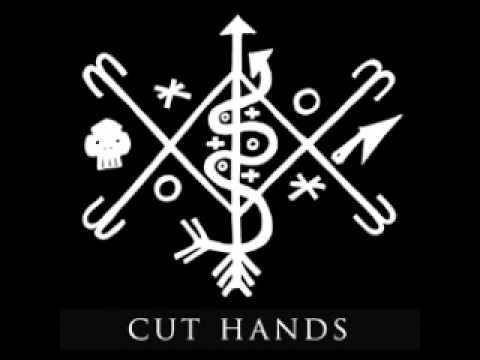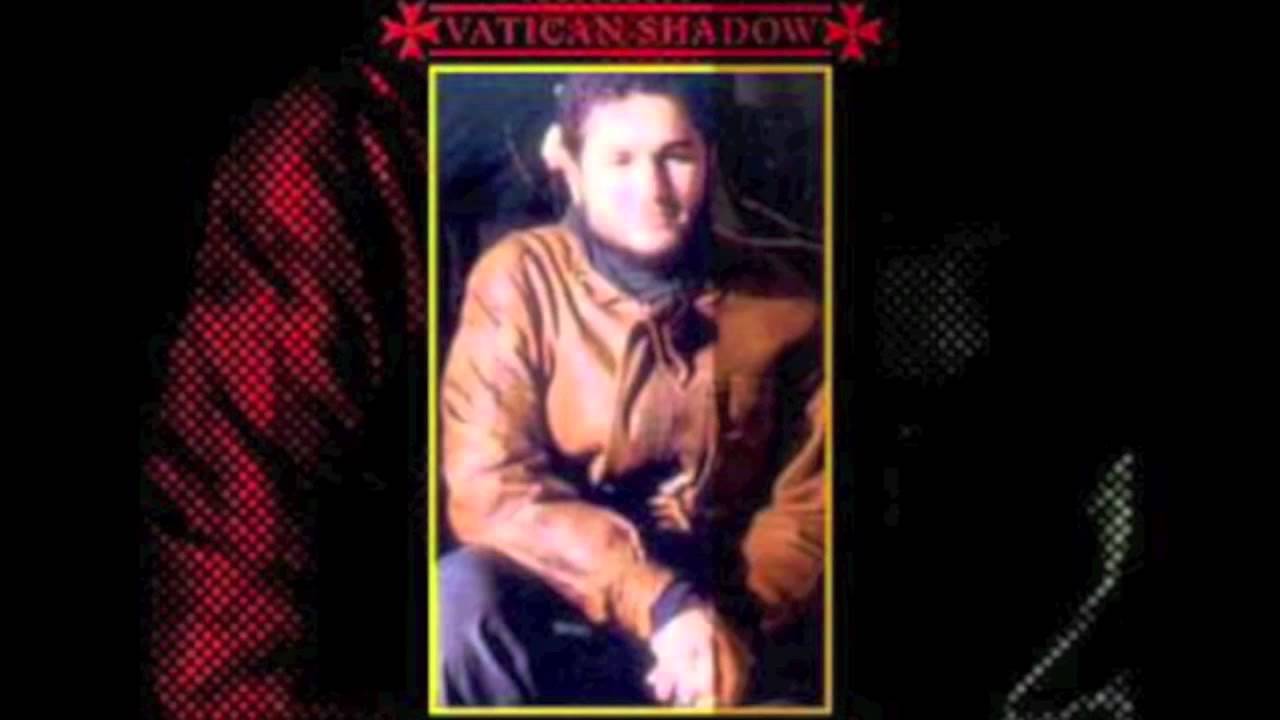Ok, so the title of this piece is also a bit of a shameless nod to my radio show, Noise in the Ether, but it’s also a neat and relevant way of describing how noise music has evolved in recent years, culminating in some thoroughly fascinating releases in 2012 that have taken the genre by the scruff of the neck and hauled it into new areas, maybe even into a new era.
Only last year, when asked to select my top albums of the previous 12 months, I included two harsh noise works: Werewolf Jerusalem’s monolithic 4CD set Confessions of a Sex Maniac and Vomir’s Application À Aphistemi. This was par for the course as far as I was concerned: harsh noise rules!
This year – nada. Zilch. Not one. Which is not to say that there haven’t been any decent harsh noise releases (Kevin Drumm’s Relief may not match the potency of Sheer Hellish Miasma, but it’s still a wonderfully gnarly little bastard), but rather that what is being done in new ways to noise is much more fascinating. In 2012, these new strains have finally started to take precedence over their traditional alternatives. And just like that, I’m actually using the word "traditional" to describe noise. I didn’t see that one coming.
"New" is a relative term, it should be noted, and a lot of noise’s recent evolutions stem from a certain amount of rear-view mirror gazing. It’s sometimes hard to imagine it now, but noise’s origins lie not in the sweaty underground bars where its harshest variants now get an airing, but rather in the heady experimentalism of the avant-garde – something that’s still being explored today.
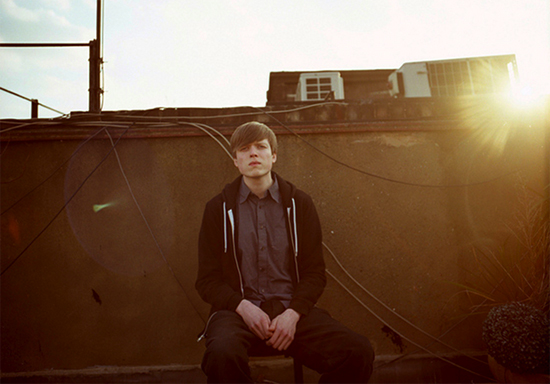
Helm
Take Londoner Luke Younger, aka Helm, for example. Younger takes sampled and found sounds, a technique familiar to anyone who has dabbled in the world of experimental music, filters them through effects and joins them to gritty electronics in order to create a sound world that reflects the environment of London’s urban jungle. In approach, it’s not a million miles away from the likes of John Cage, Pierre Schaeffer’s Groupe de Recherches Musicales or the Futurists, with their emphasis on and interest in "regular" and "non-musical" sounds for musical creation; whilst the ultimate outcome evokes the immersive, sensually evocative musics of "cosmic" minimalists and drone artists such as Cluster, LaMonte Young or Morton Feldman, whose pieces often suggest a sense of place as much as sound processes. Helm’s Cryptography from 2011 felt like sonic experiments conducted with household objects or sheets of metal, but this year’s Impossible Symmetry (PAN) took things a level higher, with urban field recordings providing a tangible backdrop to rough, rolling industrial drone.
This approach is mirrored by Ohio’s Mike Shiflet, whose Merciless album (Type) takes the age-old noise/avant-garde trope of manipulating and distorting pre-recorded tapes as well as conventional instruments such as guitar and synthesiser, transforming familiar sound sources into walls of incoherent, belligerent, saturated noise. Both these artists (I’m tempted to call them "composers") join the likes of Joe Colley in pursuing noise as a form of acousmatic music and musique concrète in the French avant-garde tradition.
It’s therefore appropriate that this year has seen three excellent reissues on Editions Mego of seminal Groupe de Recherches Musicales recordings, where the likes of Bernard Parmegiani (sounds of trains, water, furniture) or Luc Ferrari (the human voice) transformed everyday noises into musical compositions, many of them so jarring in texture as to fall at times into noise territory. Coincidentally, Mego also released Hecker’s Chimerization, which took the principals of Luc Ferrari’s voice manipulation on Presque Rien (not to mention works like ‘I Am Sitting In A Room’ by Alvin Lucier and Cage’s ‘Indeterminacy’) to particularly abrasive and sonically mangled levels.

Mats Gustafsson
Perhaps not surprisingly, another "out-there" realm where noise elements (saturation, dissonance, atonality) are still de rigueur is free jazz and improv, and for anyone who feels that need to have his or her ears given a right old kicking, you generally don’t have to look much further than saxophonists Peter Brötzmann or Mats Gustafsson, both of whom have released some wonderfully skronking stuff in 2012 – and I say that in full knowledge that both are much more sensitive and complex players than their reputations might have you believe.
Gustafsson is often the more overtly abrasive of the two, as demonstrated on the collaborative album between his band Fire! and Australian drummer/guitarist Oren Ambarchi, In The Mouth – A Hand (Rune Grammofon), where Ambarchi’s seething, feedback-drenched guitar noise is slammed into a squalling torrent of notes from Gustafsson, underlined by raucous, all-over-the-place drumming from Fire!’s Andreas Werliin. Gustafsson is more restrained on Baro 101 (Term), recorded with Ethiopian krar player Mesele Asmamaw and drummer Paal Nilssen-Love, but still finds time to pepper the air with some wonderfully saturated notes whilst Asmamaw cranks the strings of his krar like someone stretching out a washing line to breaking point.
Brötzmann, meanwhile, delighted with two fantastic live releases this year, the jazz-heavy, exquisitely-performed Yatagarasu (Not Two Records) featuring Masahiko Satoh warping his piano and Takeo Moriyama on drums; and …The Worse The Better (Oto Roku) with Steve Noble and John Edwards. Both saw Brötzmann unfurling an arsenal of sax assault, from elegant jazz lines to barnstorming free blowing, with …The Worse The Better being particularly hard-hitting.
In a different style somewhat, Rhodri Davies blew the doors off any preconceptions anyone might have when it comes to harp music with his ear-shattering Wound Response (alt. vinyl) album, transforming his elegant instrument into a wall of crunching distortion. Improv and free jazz are too often seen as being too highbrow for noise fans, but if you really want to get a fix of full-on saturation, any of the above would easily satisfy your needs.
For listeners wanting a more traditional approach to noise, you can’t really go wrong with the Midwest scene that swirls around Wolf Eyes, but even those guys have started transforming the way they approach sound, with the forbidding atonality of Human Animal very much a thing of the past. Former member Aaron Dilloway released one of the year’s best noise records in the form of Modern Jester (Hanson), a titanic adventure taking in tape distortion and faltering percussion. Where previous Dilloway albums such as Bad Dreams were potent sonic assaults, Modern Jester is more nuanced, with a sly sense of humour, woozy harmonics and welcome experimental forays.
Mike Connelly, another Wolf Eyes alumnus, has meanwhile continued to explore the darkest recesses of the human psyche via his Failing Lights project, with Dawn Undefeated (Dekorder) a triumphant follow-up to last year’s self-titled debut and a world away from his more gnarly works as part of Hair Police. Eschewing harshness almost completely, Connelly’s tableaux are haunted by the atmospheres of horror films and sinister folklore, like more brittle, sickened takes on the hauntological explorations of Demdike Stare or The Eccentronic Research Council.
Nate Young’s solo music also functions on a more liminal level than what he’s done with Wolf Eyes, as he demonstrated during a concert at Dalston’s Victoria pub in the Summer, all murky synths, propulsive half-rhythms and bursts of unexpected static. All three of these artists seem to share an interest in the haunted textures and ectoplasmic sounds that lie dormant in the interstices between defined sounds. The results of their attempts to conjure them up – acting as musical mediums – are often fascinating, and always as troubling as anything emerging from the harsh noise scene they used to (perhaps reluctantly) represent.
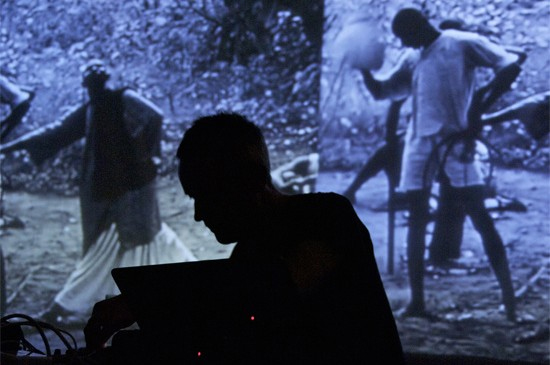
William Bennett as Cut Hands
But the biggest transformation noise has been through of late has been its unexpected integration with dance music, as espoused by two of its most iconic figures. William Bennett needs no introduction as one half of power electronics pioneers Whitehouse, but his solo work as Cut Hands has taken his work in interesting new directions, integrating polyrhythmic percussion with excoriating electronic noise textures. This year, he followed up on his 2011 debut Afro Noise Vol. 1 with a more fleshed-out sequel named Black Mamba (Susan Lawly). Bennett’s approach is intensely physical, with fiercely metallic and jarring beats layered over mesmerising synth melodies. Live, he thrashes from side to side, eyes closed and mouth open, as disturbing footage of colonial-era Africa plays out behind him. In the best techno tradition, the highly rhythmic nature of Cut Hands’ music speaks to legs and arses as much as to the ears. It’s is nowhere near as brutally aggressive as Whitehouse, but Bennett’s unnerving performances and the troubling ambiguity surrounding the project’s imagery trace a line straight back to the provocation and belligerence with which one associates power electronics.
The same applies to Vatican Shadow, aka Dominic Fernow of Prurient fame, who has unleashed several releases this year, including a reissue on Type of his amazing Kneel Before Religious Icons tape and several albums and cassettes of new material, including Ornamented Walls (Modern Love) and Ghosts of Chechnya (Hospital Productions). Again, Vatican Shadow can’t hold a candle to Prurient when it comes to sheer aural assault, but that doesn’t mean that Fernow’s history in noise doesn’t seethe away beneath the surface rhythms. Vatican Shadow’s music (which could be seen as an extension of Fernow’s most recent Prurient album, Bermuda Drain) is centred on looped, repetitive drum machine beats in the tradition of Muslimgauze, British industrial techno artists like Surgeon and Regis and even Berliners like Porter Ricks and Basic Channel. These rhythms are overlaid with moody synth lines and – like Cut Hands – accompanied by dark, ambiguous imagery, in this case military iconography and jargon.
With both Cut Hands and Vatican Shadow, the short, punchy tracks seem well tailored for the dancefloor, but repeated exposure, especially live, highlights how much this new music owes to what both artists have done before, even if they now perform in clubs rather than warehouses or pub backrooms. The beats and melodies are monomaniacally repetitive, beyond anything most techno producers would deem conceivable, and what tunes one can detect are icy and bleak, dragged towards the shadows by sudden bursts of fuzz or metallic clangs, with none of the warmth one tends to associate with dancefloor-oriented music.
Instead, Cut Hands and Vatican Shadow (and, I hasten to add, Raime, whose debut album Quarter Turns Over a Living Line on Blackest Ever Black was less fierce than the other two, but still channeled some of the same spirit in marvelous ways), can be seen to be evolving noise in a semi-circular fashion, twisting it back towards the industrial aesthetics of the eighties while simultaneously dragging it forwards via techno and house. It perhaps a weird way to evolve, but damned effective. And let us not forget former Yellow Swan Pete Swanson, whose Pro Style EP (Type) has continued in the direction he hinted at on last year’s Man With Potential album, with jittering, seductive beats drowning under tidal waves of angry, glitchy electronic noise.
Taking all the above into account, it’s hard not to marvel at the journey noise has taken as it edges closer and closer towards something resembling mass public awareness. It’s not even unusual to hear traces of noise filtering into rock, pop, dubstep, hip-hop or dance: Ital’s Dream On has a definite noisy aspect to its ultra-bright synth explosions, Death Grips’ overdriven punk-rap occasionally evokes Lightning Bolt, and Holly Herndon’s Movement, another of the year’s top releases, is perched between noisy avant-garde explorations and full-on dance-pop. Even my own music as Frayed has been "tainted", moving away from the monolithic harshness I initially embraced (and considered par for the course) on my first album in January in favour of more open, measured sounds and ideas by my fourth.
On the flipside, there’s always the lingering concern that if noise is completely removed from the grimy underbelly it has made its home, and set up for good in art centres and clubs, it’ll end up watered down to something aseptic and harmless, or elitist and high-minded. Noise is meant to be visceral and unsettling. But that’s a question for another day. Right now, as 2012 closes as a landmark year for the genre, noise is branching out, its feet still embedded in the backrooms of smelly pubs but with its eyes casting around for new ideas and new horizons.

